The velocity of a particle decreases uniformly from 20ms−1 to zero in to 10s as shown in figure. If the mass of the particle is 2kg, the identify the correct statement.
 .
.
The net force acting on the particle is opposite to the direction of motion
The work done by friction force is −400J
The magnitude of friction force acting on the particle is 4N
All of the above.
The correct Answer is:A
(a) Velocity is decreasing. Therefore, accleration (or net force) is opposite to the direction of motion.
(b) and (c ): some other forces (other than frication may also act which retard the motion.
Topper's Solved these Questions
- BOOK - DC PANDEY ENGLISHCHAPTER - WORK, ENERGY & POWEREXERCISE - Level 1 subjective27videos
WORK, ENERGY & POWER
- BOOK - DC PANDEY ENGLISHCHAPTER - WORK, ENERGY & POWEREXERCISE - Level 2 Objective30videos
WORK, ENERGY & POWER
- BOOK - DC PANDEY ENGLISHCHAPTER - WORK, ENERGY & POWEREXERCISE - Level 1 Assertion And Reason12videos
WORK, ENERGY & POWER
- BOOK - DC PANDEY ENGLISHCHAPTER - WAVE MOTIONEXERCISE - Integer Type Question11videos
WAVE MOTION
- BOOK - DC PANDEY ENGLISHCHAPTER - WORK, ENERGY AND POWEREXERCISE - MEDICAL ENTRACES GALLERY33videos
WORK, ENERGY AND POWER
Similar Questions
The velocity of a particle is zero at time t = 2s, then
View SolutionThe velocity-time graph of a particle moving in a straight line is shown in figure. The mass of the particle is 2kg. Work done by all the forces acting on the particle in time interval between t=0 to t=10s is
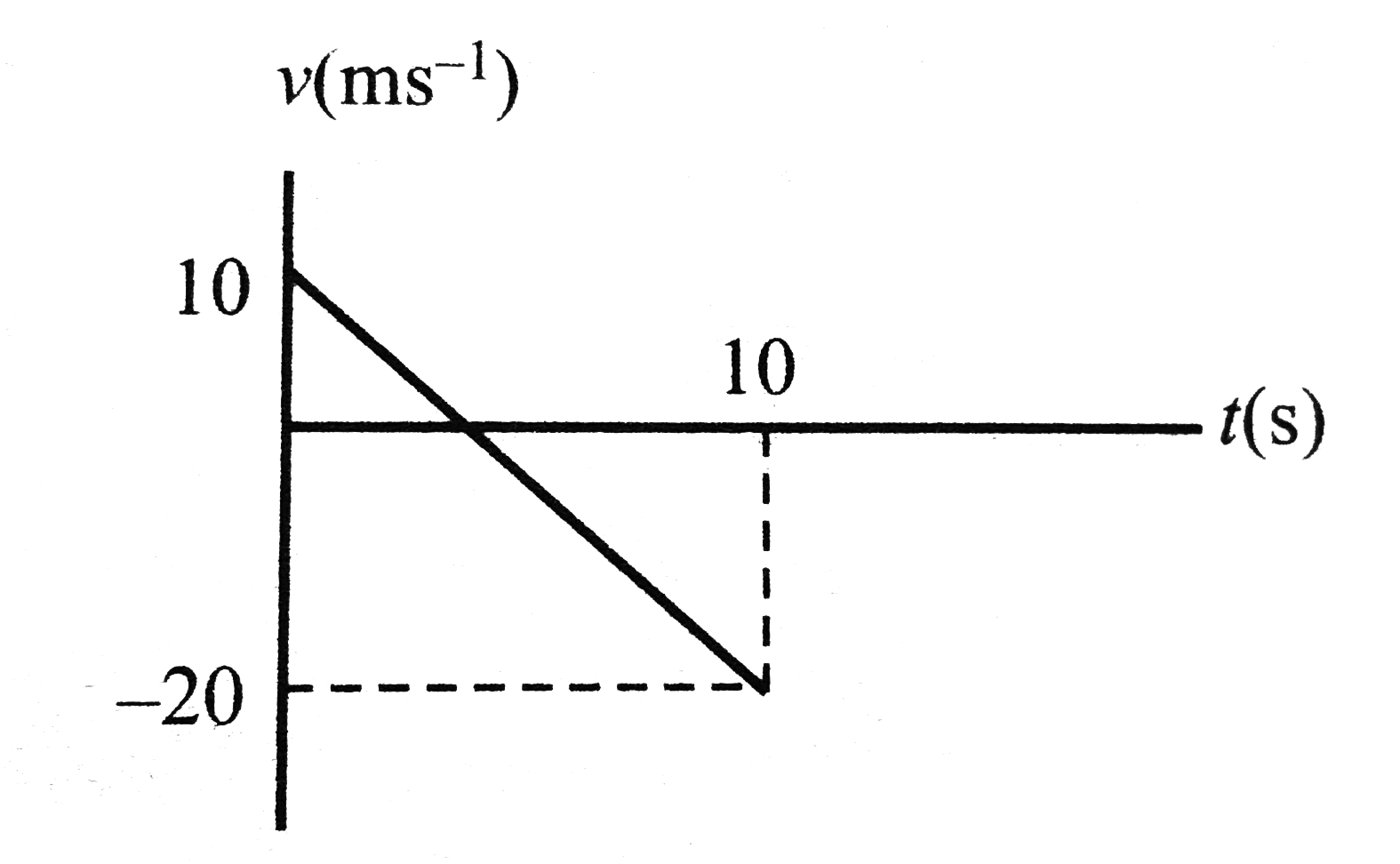 View Solution
View SolutionThe figure shows velocity-time graph of a particle moving along a straight line. Identify the correct statement.
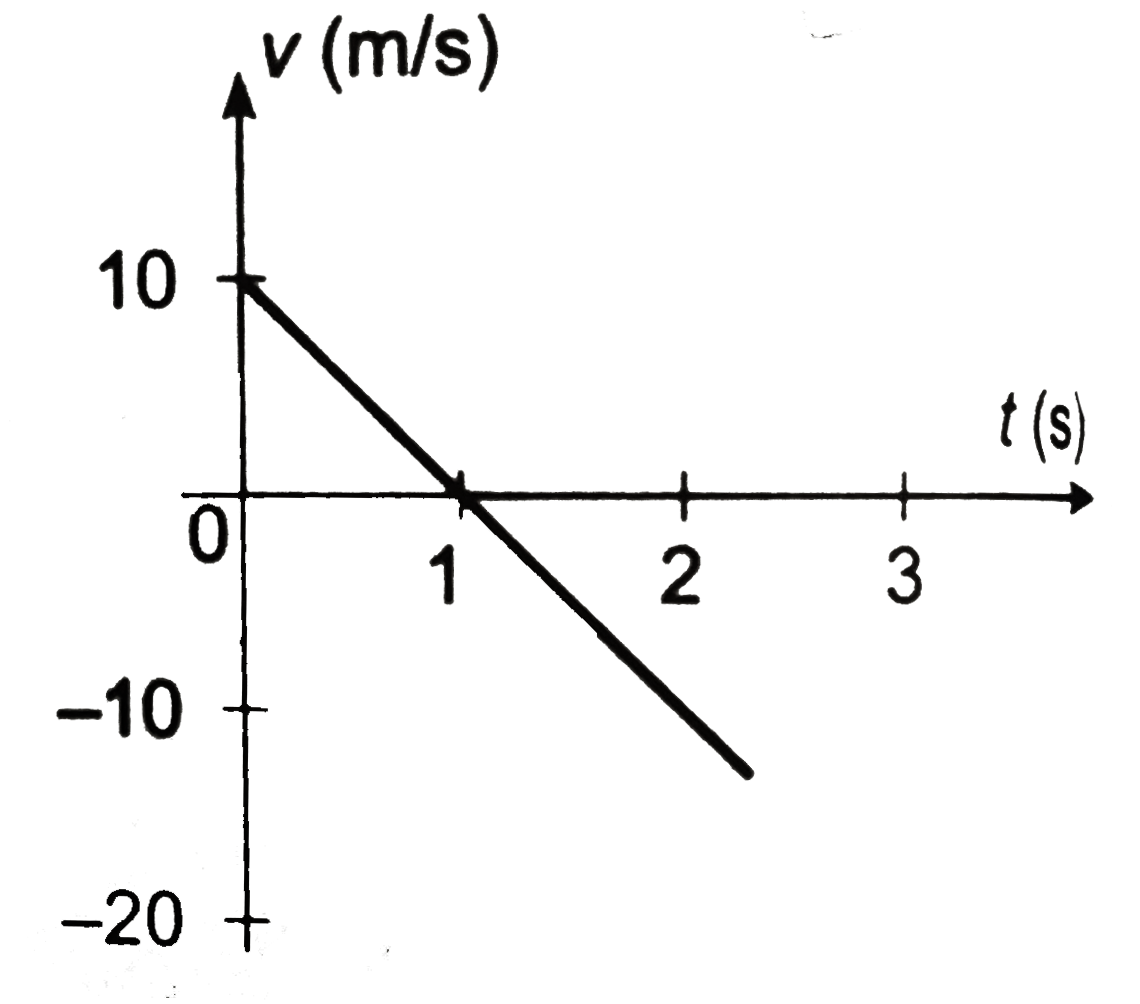 View Solution
View SolutionThe one - dimensional motion of a point particle is shown in the figure. Select the correct statement
 View Solution
View SolutionThe velocity of the centre of mas of the system of two particle each of mass 2kg, as shown in figure, is
 View Solution
View SolutionA particle mass parallel to x-axis with constant velocity v as shown in the figure. The angular velocity of the particle about the origin O
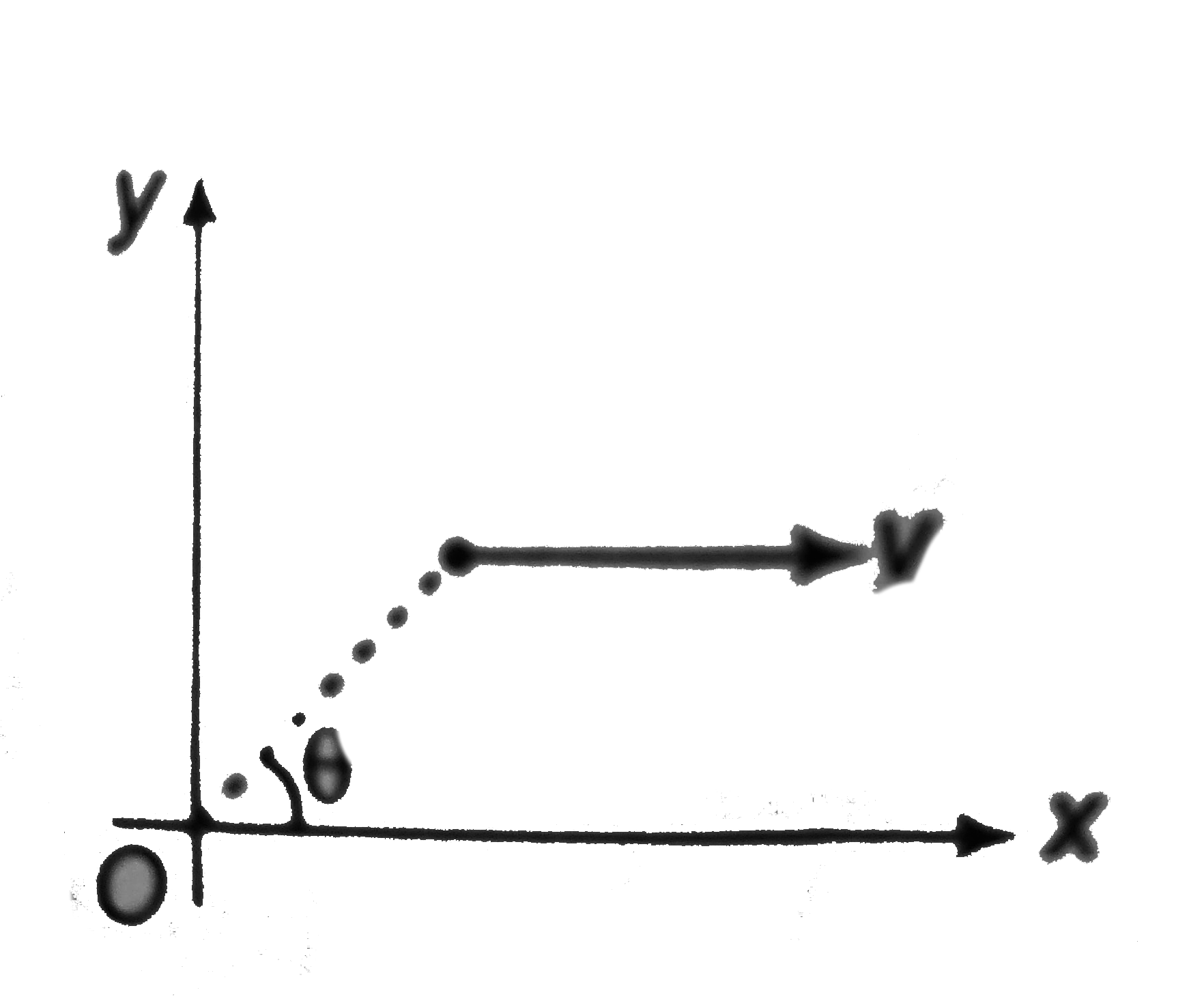
View SolutionThe velocity of particle A is 0.1 ms−1 and that of particle B is 0.05 ms−1 if the mass of the particle B is five times that of particle A the ratio of De Broglie wavelengths associtated with the particles A and B is
View SolutionDisplacement-time graph of a particle moving in a straight line is as shown in figure. Mass of the particle is 2 kg. The total impulse imparted to the particle in a time interval from t=0 to t=6 s in N-s will be
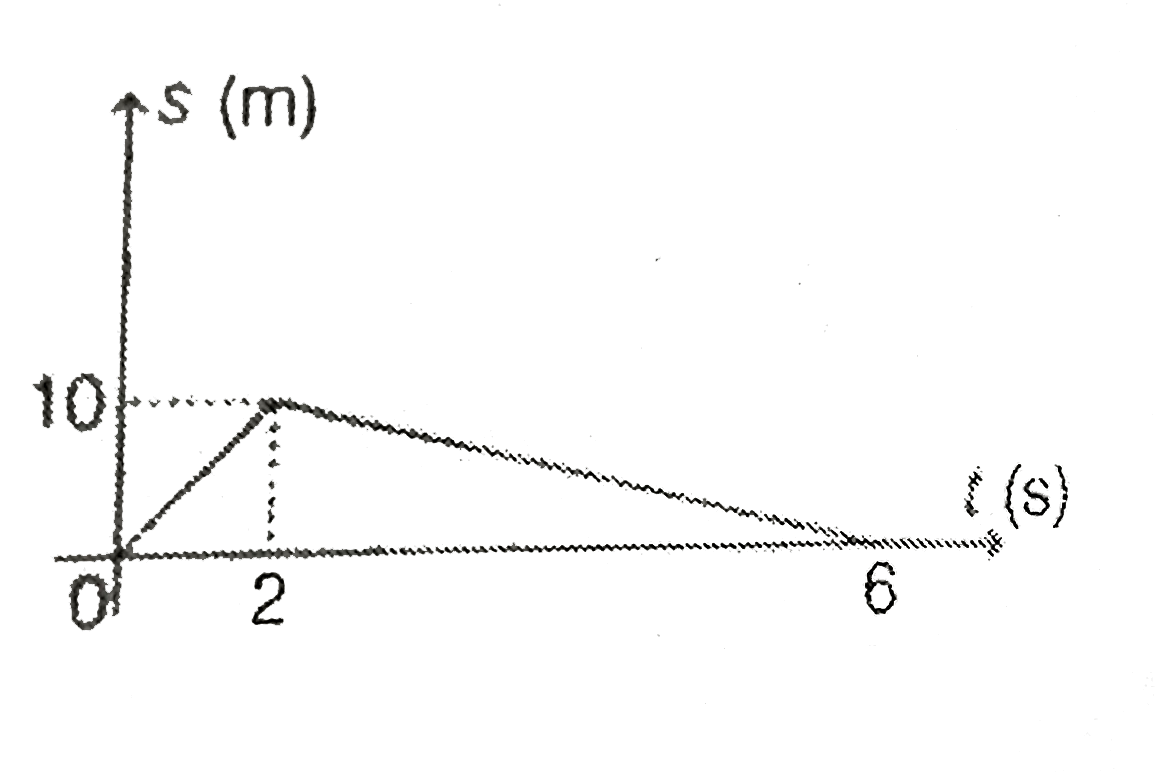 View Solution
View SolutionA time varying force acts on a particle of mass 5 kg as shown in figure . Find the speed of the particle, in m/s , after 10 s , if particle was intially at rest .
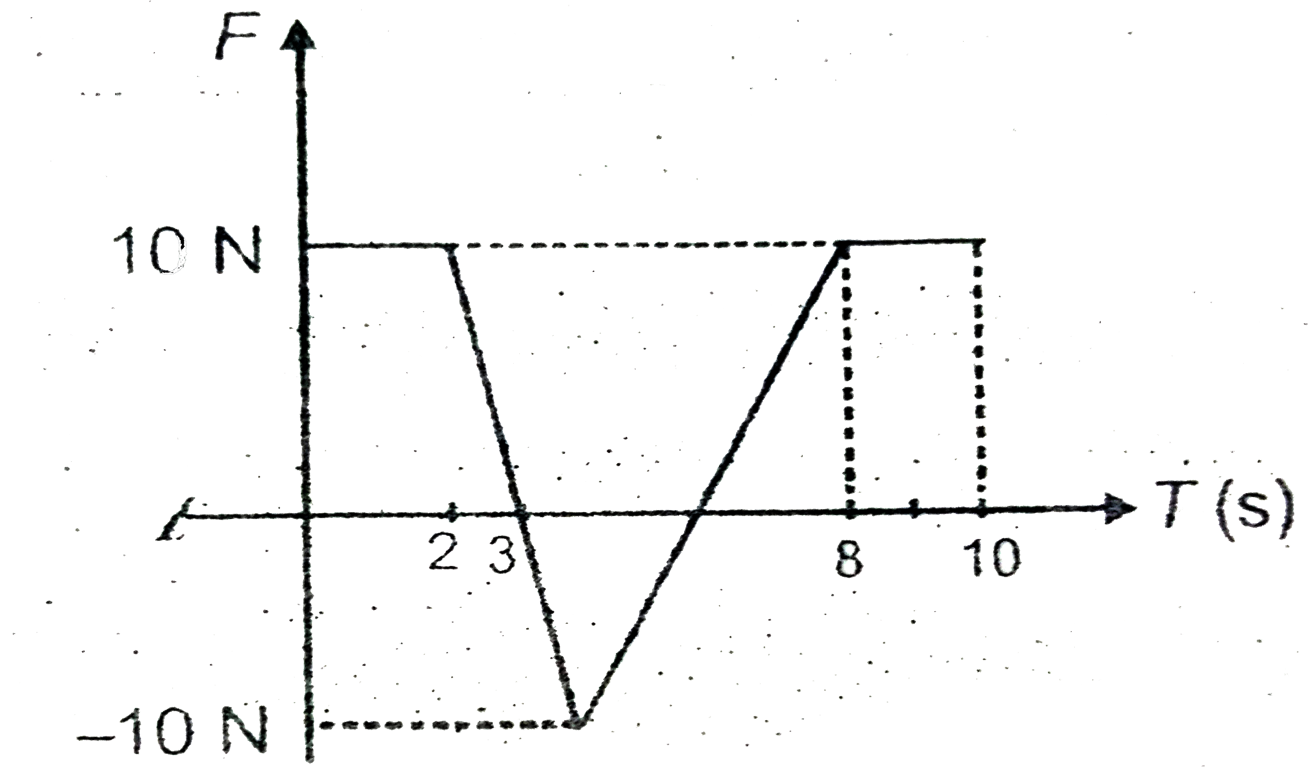 View Solution
View SolutionTwo particles A and B of mass 3kg and 2kg moving with speed 10m/s and 5m/s as shown in figure.
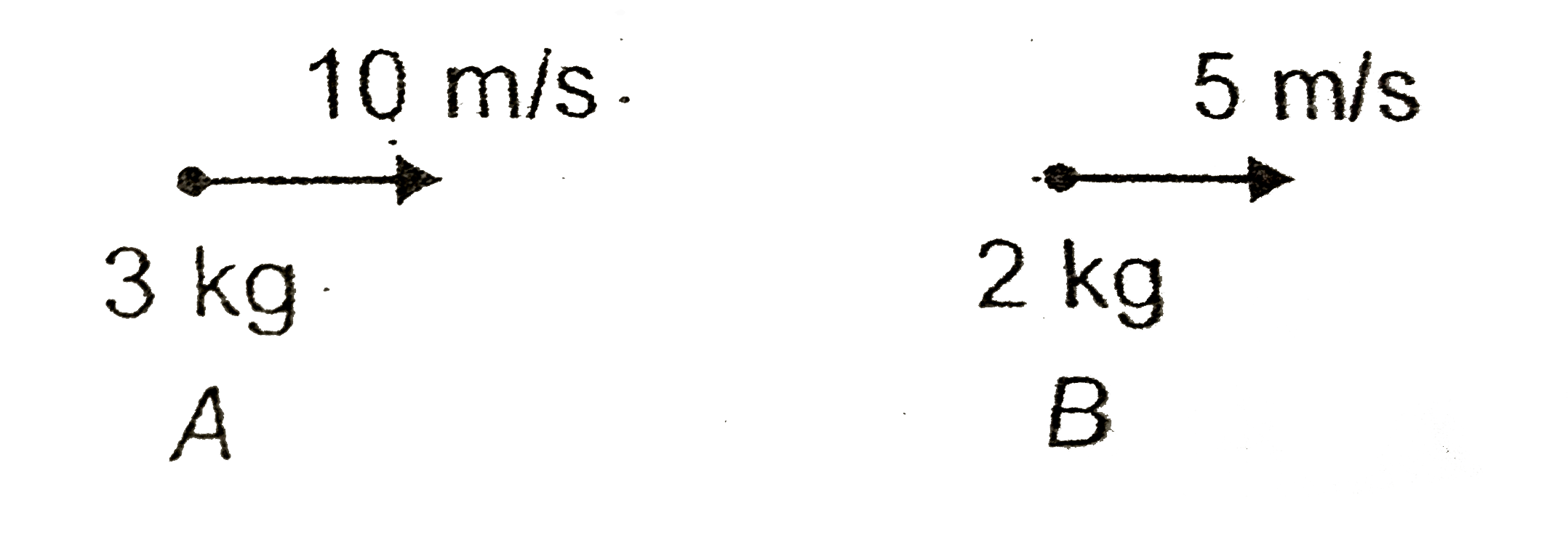
Find the maximum momentum that particles A can have after collision with B.View Solution

